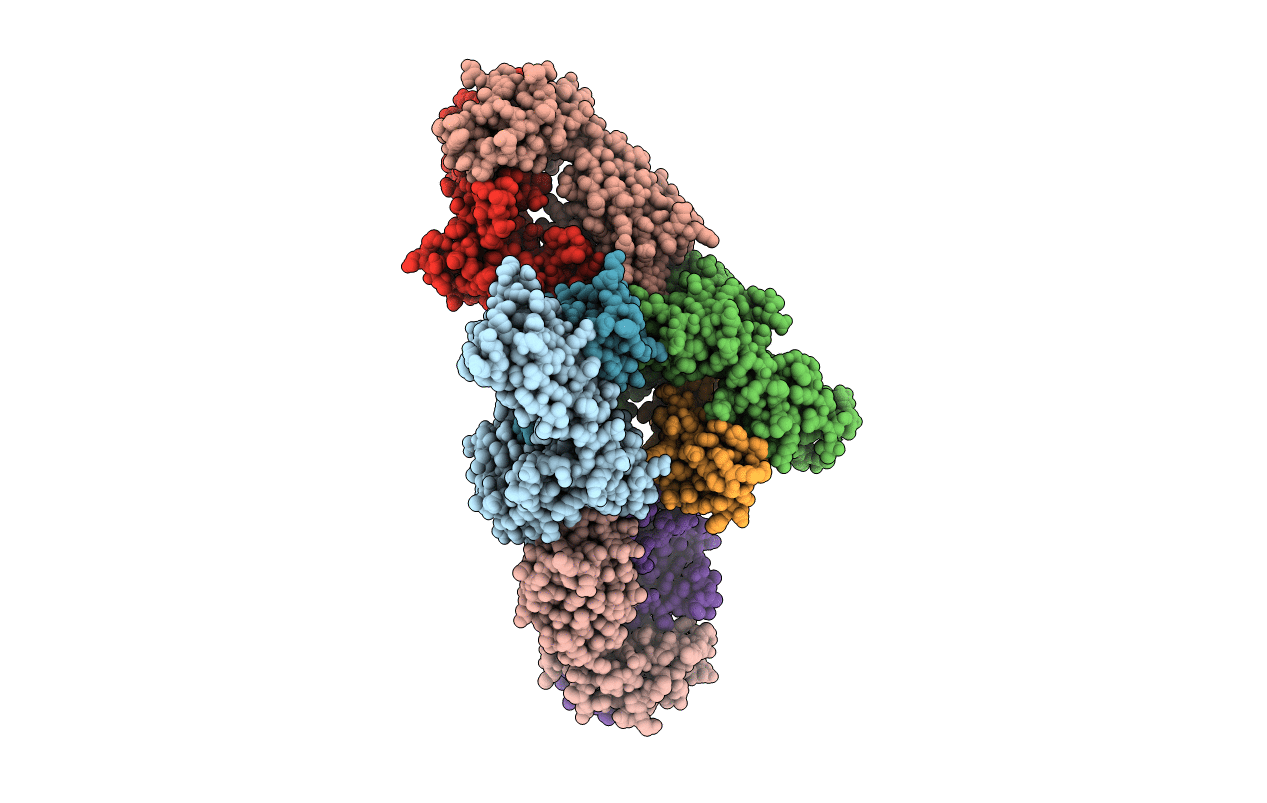
Deposition Date
2015-08-14
Release Date
2016-01-27
Last Version Date
2024-10-23
Entry Detail
PDB ID:
5D7L
Keywords:
Title:
Structure of human MR1-5-OP-RU in complex with human MAV36 TCR
Biological Source:
Source Organism:
Homo sapiens (Taxon ID: 9606)
Host Organism:
Method Details:
Experimental Method:
Resolution:
3.40 Å
R-Value Free:
0.33
R-Value Work:
0.28
R-Value Observed:
0.28
Space Group:
I 1 2 1


